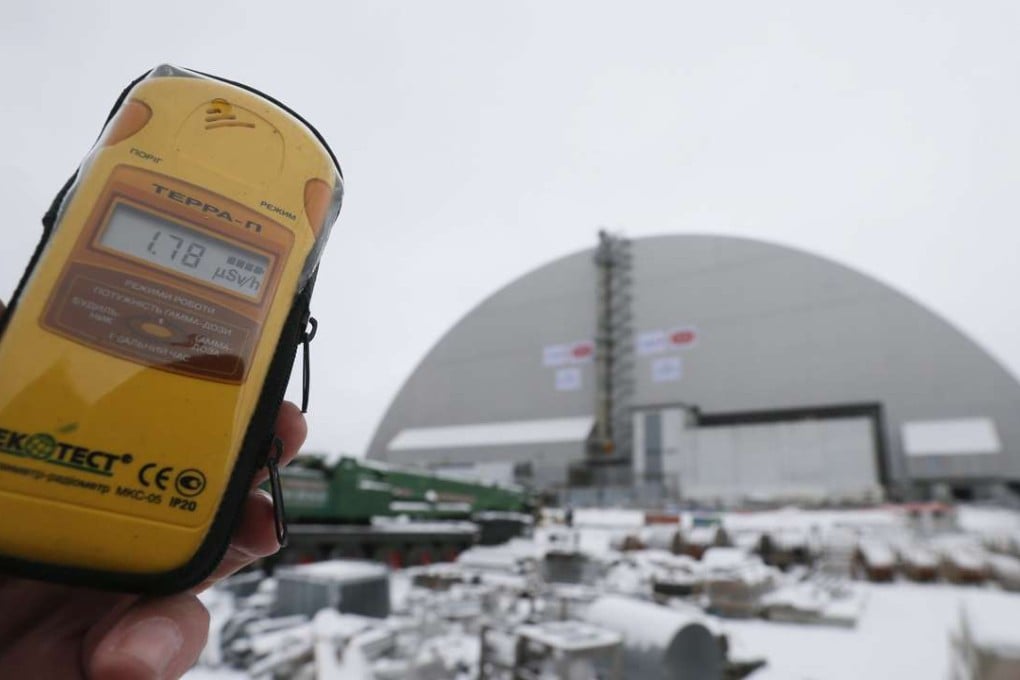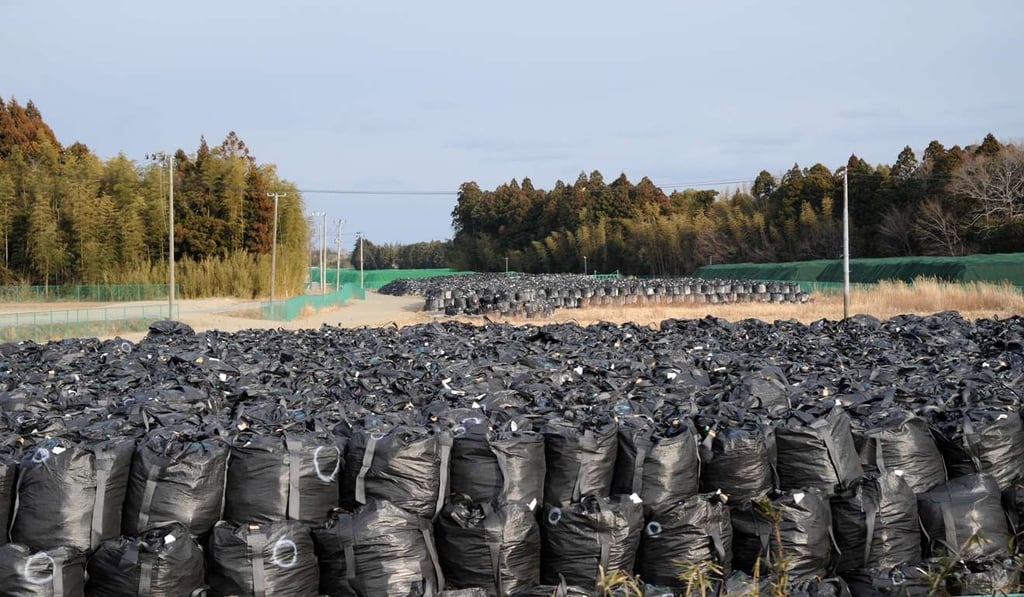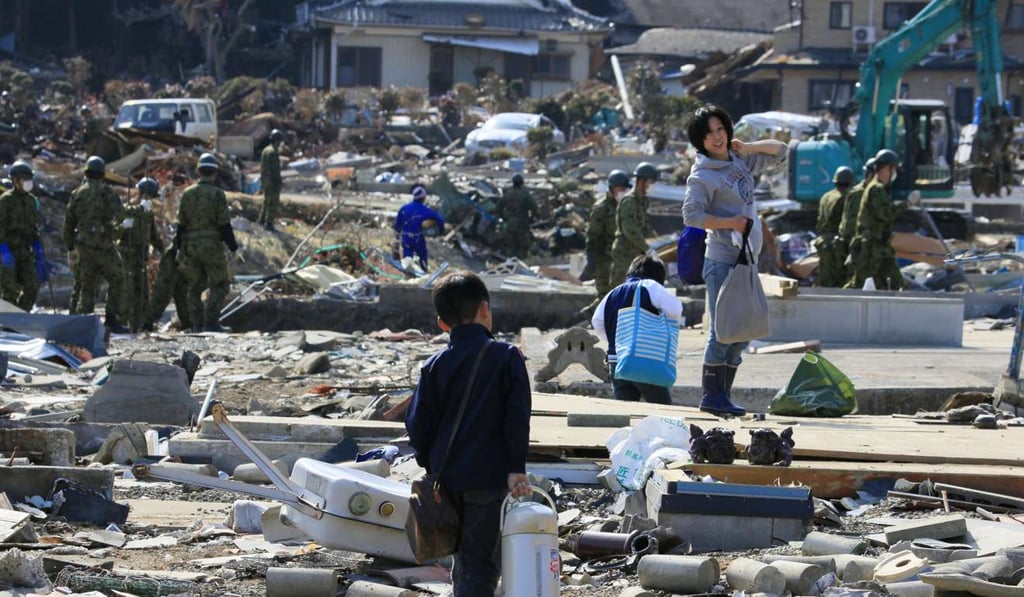Hong Kong needs answers on Taishan nuclear plant risks, as painful legacy of Fukushima lingers
Frances Yeung says work on the power plant should be suspended, amid the need for greater clarity of the potential risks, in the interests of public safety

Over 15,000 people died, 2,000 plus still remain unaccounted for, and more than 146,000 people living in nearby towns were forced to evacuate.

Three Years On: Stories from Fukushima
But no matter how hard they try, the decontamination will not be able to reach the forests that cover about 75 per cent of Iitate’s area.
Radiation does not die – one simply needs to look at the effect of the Chernobyl disaster
Radiation does not die – one simply needs to look at the effect of the 1986 Chernobyl disaster as a clear example. Caesium-137, one of the radioactive materials released from the Fukushima nuclear disaster, takes 30 years to decay to half its original size. It has only been six years since Fukushima – the pollution is expected to last for a long, long time.
Yet the Japanese government thinks enough time has passed for Fukushima victims to return home. On March 31, the government plans to lift the evacuation order on Iitate village, allowing the 6,000-plus residents to go back home.
Dying robots and failing hope: Fukushima clean-up falters six years after tsunami
According to recommendations from the International Commission on Radiological Protection, the maximum dose of radiation that is safe for people to be exposed to in a year is one millisievert (1mSv/year).
